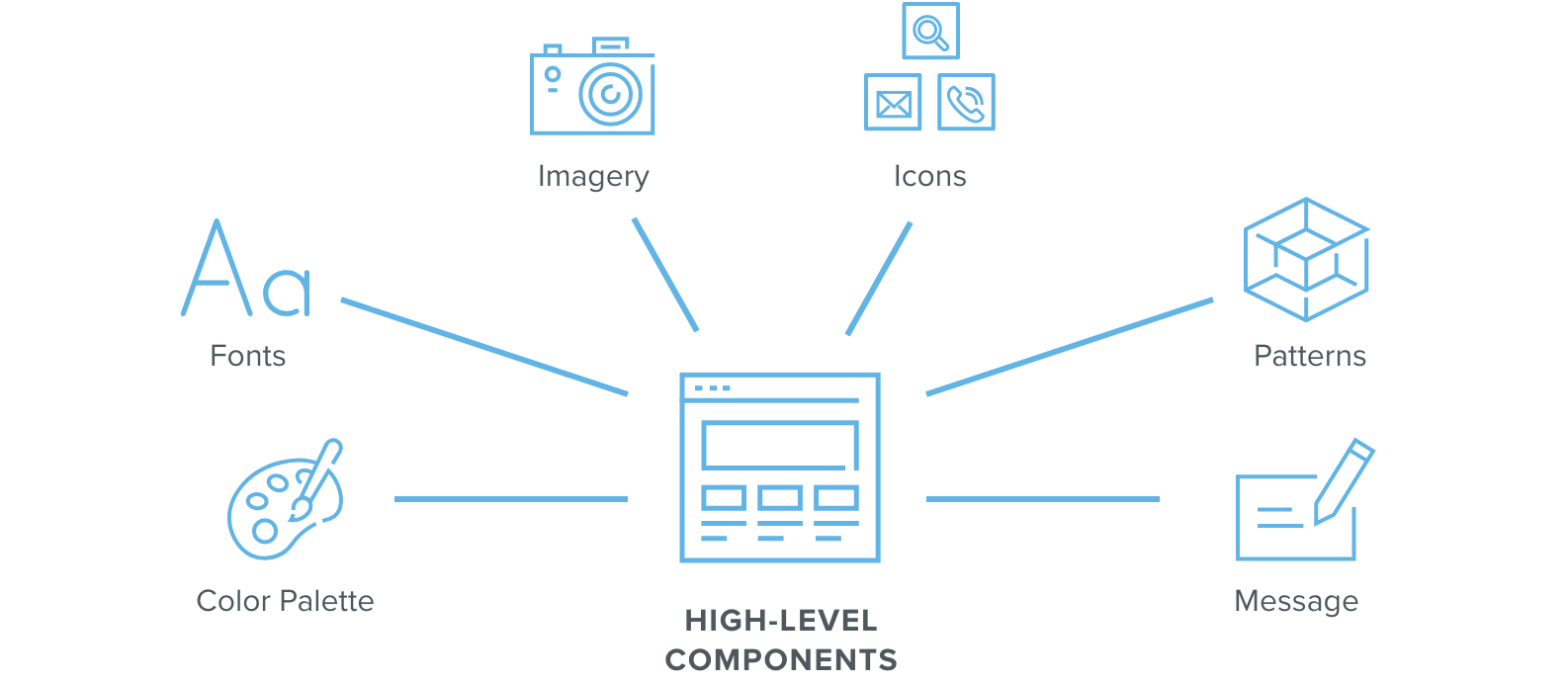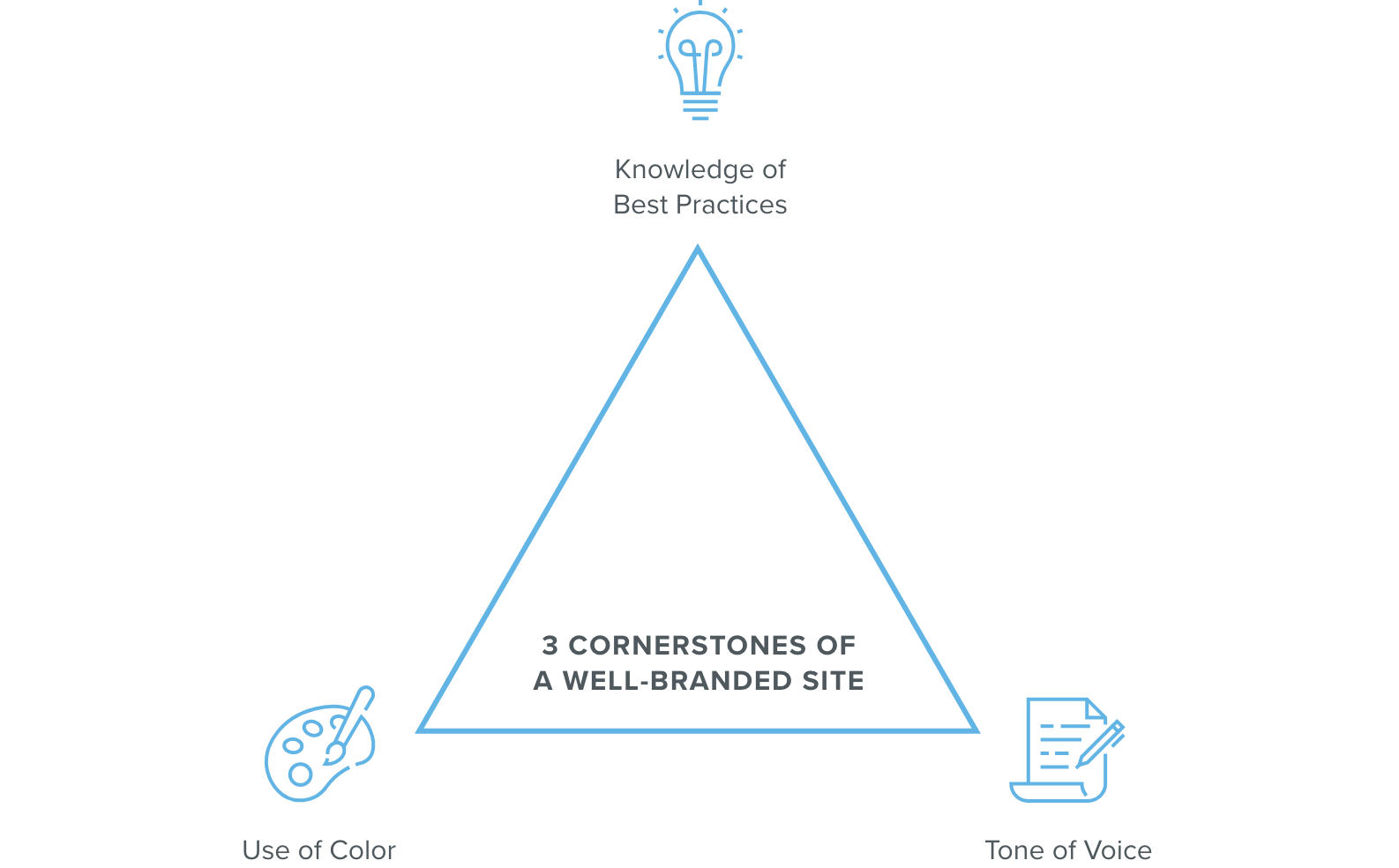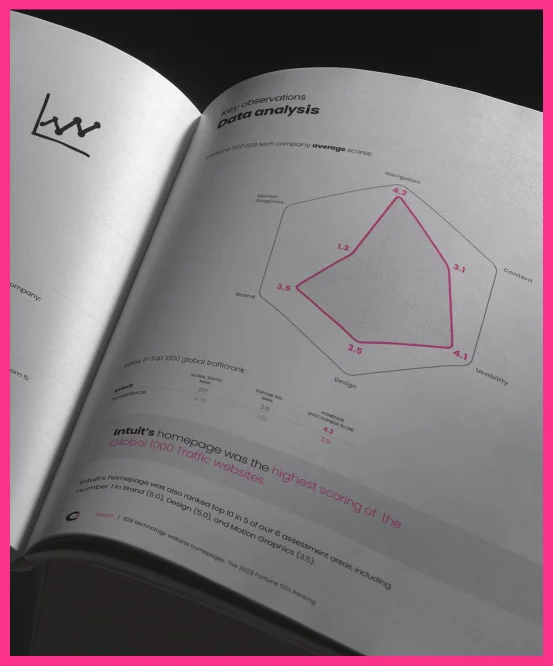In considering the components of an effective redesign, your new B2B site should at a minimum target the User and Decision-Maker personas to establish an effective web content strategy.
Whether you’re looking to rebuild a new website from scratch or refine an existing one, sitemaps are vital tools to help ensure your redesigned digital presence will be thoughtfully organized and function at its best.
The Various Sitemaps Found in Web Design
There are multiple kinds of sitemaps referenced in web design, and each one serves a different audience and function.
1. An XML sitemap is an effective means of improving search engine visibility and SEO by ensuring search engines crawl and index your website through including a list of URLs listed in an XML sitemap file.
2. An HTML sitemap file has grown less common outside of larger websites and acts as a digital outline of a site’s architecture to visitors. These static navigation aids provide an additional means of quickly finding different pages.
3. A visual sitemap defines the structure and scope of a digital project and is an effective and broadly accepted method of website planning between design firms and their clients. Resembling a flow chart, visual sitemaps provide an illustration of a website’s structure, which delivers insights into user flow, information architecture, and content strategy.

Hewlett Packard Enterprise’s website layout delivers a consistent brand experience for potential customers
5 Considerations for Correctly Approaching Visual Sitemaps
Though your social media presence should remain true to your brand identity, the differing expectations and audiences for each platform should be both understood and explored.
1. Business Goals: Connect Content Planning to Website Objectives
Before a single web page of your site is redesigned, your B2B business should consider how it can best serve your organization’s needs. For example, if the focus for your site is lead generation, then its content planning and navigation should be focused on how the site can deliver on that goal.
If that’s most effectively delivered via a product download, the view of a demo, or the submission of a contact form, then you and your design team can evaluate what types of content are best suited to reach those targets. Once your organization has articulated the business goals for the website, then the work can begin on ensuring your content are targeted toward achieving them.

2. Content Audit: Making Your Site Build More Efficient
Once your site’s business objectives have been solidified, your organization should evaluate whether all existing content will be consistent with the new website redesign plan. Some material will need to be rewritten to suit these goals, while other web pages may need to be deleted.
The benefits of such decisions reach beyond establishing a clear and consistent website focus that serves your B2B business. In some cases, outdated content can impact your SEO rankings under the wrong terms and attract an unexpected audience. But along with clarity gained in narrowing your website’s focus to your business goals comes the added efficiency in implementing a redesign.
If your organization is able to cut the content that doesn’t serve your needs, the costs can be reflected by not having to migrate page after page of outdated content. Depending on the size of your website, this can lead to considerable cost savings and a streamlined workload.

3. Personas: Design Your Site for 3 Primary Audiences
To implement an effective, user-centered site design, organizations must remain mindful of their client target audience. B2B tech companies should consider three buyer personas when planning a website content strategy.
First, there are the potential primary Users of your product that often span engineers, analysts, and marketers. Then, there are your prospect’s executive-level Decision Makers, who dictate whether a product will be purchased for their organization’s use. In between are Recommenders, who are managers that carry influence with the decision-makers. Your content should target each of these roles, their motivations, and the various points where they overlap to maximize value from your website.
4. Content Types: Label and Categorize to Improve User Experience
Organizing the varieties of content types on your website is an obvious focus of every redesign. However, the more detailed your efforts are with labeling your content, the better your information architecture can target its buyer personas.
Instead of grouping all site content under a general heading like “blogs,” the specific traits of every post should be broken out as articles, infographics, white papers, and podcasts, where appropriate. This will allow you to surface relevant content as it’s applicable to your website visitors and recognize that different types are more appealing to different target personas.
5. CMS Implementation: Designing Within Your Platform Capabilities
When designing an effective visual sitemap, you should be mindful of the capabilities of your content management system and how well it organizes content types. Most modern CMS platforms are capable of delivering customizable menus as well as the taxonomy and tagging tools to execute your redesigned website structure. But they all approach it differently, and it’s best to know how your CMS approaches it.
Very often, a site’s redesign may target multiple structural changes to how information is organized, but your CMS is likely predetermined. As your visual sitemap forms an effective strategy for your organization and its content, be sure your CMS tool is capable of implementing those changes.
The Impact of a Visual Sitemap is Clear in the Results Your Website Generates
Unlike its HTML and XML counterparts, a visual sitemap is an unseen resource as far as search engines and potential prospects are concerned. But, even as they primarily function as a planning document, the insights gained from these five areas of focus will be clear in the results generated by your website.
Your B2B company may already know where it wants to go in the future. But it will need visual sitemaps like this to get there.





